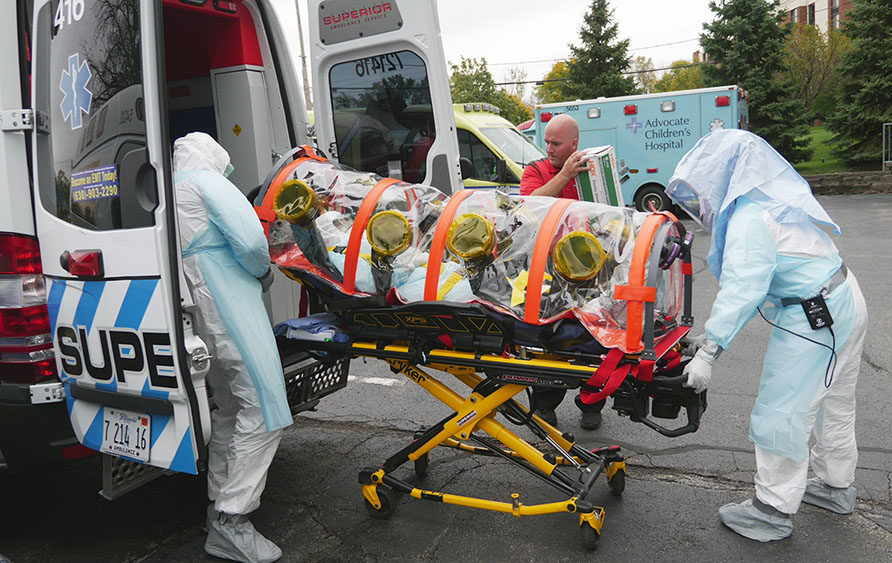Training for Infectious Disease Transports
Superior Ambulance routinely drills for all kinds of different situations where EMS is at the forefront. We do this with both our air and ground crews. There is nothing like drilling and practicing in order to be fully prepared for these scenarios. They also help foster togetherness, as working closely with your teammates always does. Here’s a quick video of Superior Ambulance crew members participating in a drill in which the scenario calls for transporting a highly infectious patient, in this case, the Ebola Virus.
Participating in the Ebola Virus Drill
Superior Ambulance EMT Marco Patino talked about what it was like to run the Ebola drills.
“Participating in the Ebola drills was a great experience,” Patino said. “There is a sense of pride and camaraderie. Being wrapped up in a plastic suit you learn a little about yourself, as in you do not like being cooped up in a plastic suit. After participating in the drills I realized the amount of preparedness, time, and safety that goes about transporting a highly infectious patient.”
What is Ebola Virus?
CDC describes the Ebola Virus as “a rare and deadly disease in people and nonhuman primates. The viruses that cause EVD are located mainly in sub-Saharan Africa. People can get EVD through direct contact with an infected animal (bat or nonhuman primate) or a sick or dead person infected with Ebola virus.”
The CDC says that Ebola is one of the deadliest viral diseases, and was discovered in 1976 when two consecutive outbreaks of fatal hemorrhagic fever occurred in different parts of Central Africa. The first outbreak occurred in the Democratic Republic of Congo in a village near the Ebola River, which is where the virus gets its name. The second outbreak occurred in what is now known as South Sudan, about 500 miles away.
We hope to never have to transport anyone with Ebola or any other severe, infectious diseases. But we’ll be prepared thanks to drilling and continuing education.
